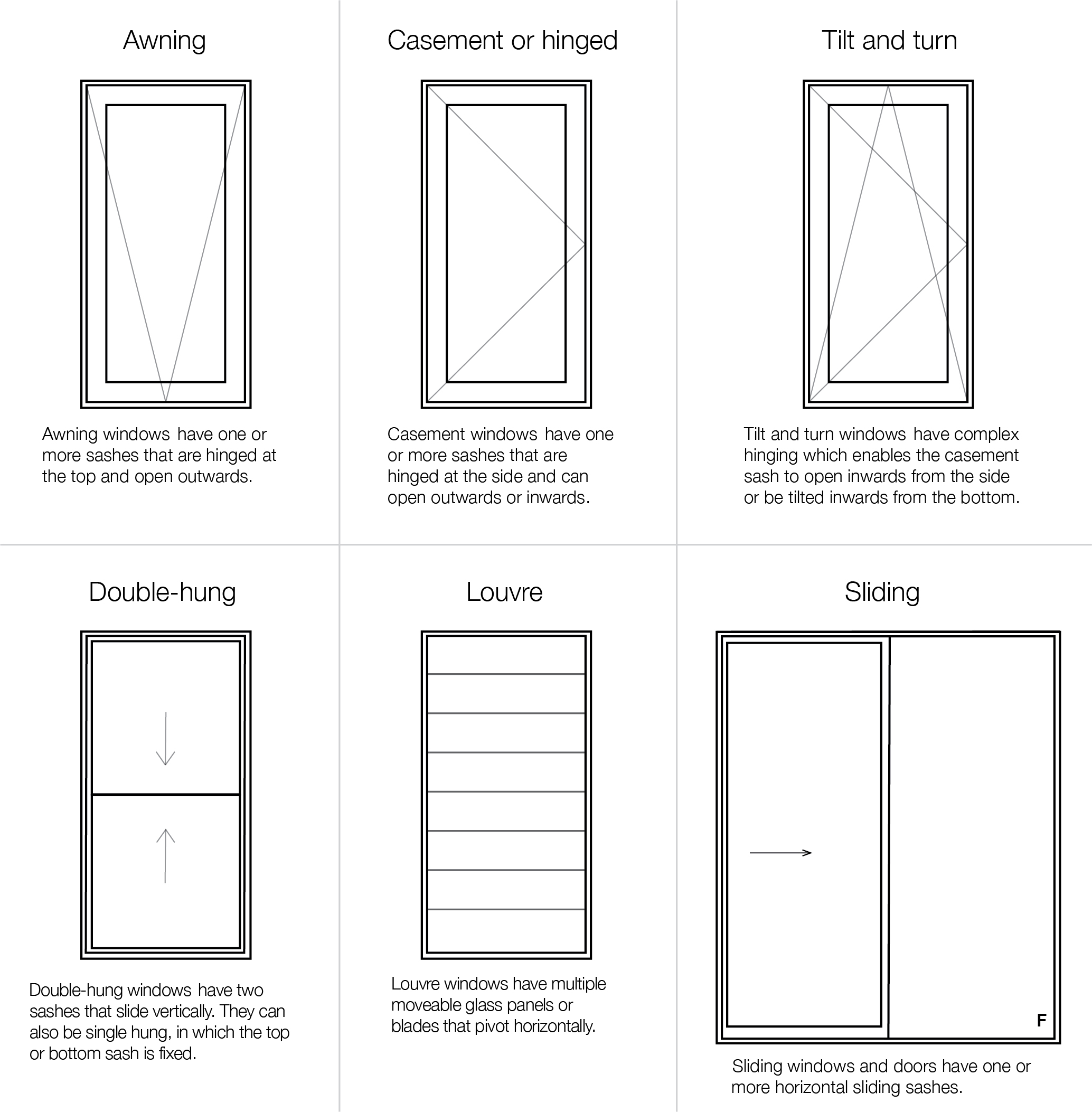All Categories
Featured
Table of Contents
Stay Cool This Summer With Double Glazed Windows - Aaa Glass in Alexander Heights Western Australia
Laminated glass is often used in locations in the home most prone to injury from human impact such as bathrooms, doors, around staircases and in areas near to the flooring (it meets the requirements of 'security glass' that is mandated for usage in these locations by Australian Standard AS 1288 Glass in structures).
Toughened glass has actually been 'tempered' by being reheated and quickly cooled again. This process makes it much more powerful than standard glass it can withstand greater effect loads prior to breaking. It likewise makes it more secure since, when it does shatter, it gets into numerous small cubic pieces rather than dangerous fragments.
The Best Double Glazing Companies In Canberra in Carine Western Australia
Toughened glass has no thermal or acoustic benefits over other glass of the very same toning or thickness. Secondary glazing is where single-glazed windows are retrofitted with a transparent acrylic or glass sheet connected to the within the frame or openable sash with a secondary frame or with magnetic strips.


Secondary glazing will not perform as well thermally as a manufactured IGU, because it is difficult to completely seal the boundary, but it can supply excellent noise control. Window movies are a thin polymer movie including a taking in color or reflective metal layer, with an adhesive support. They adhere to your glazing to alter its colour or make it reflective.
Why Do You Need Double Glazing Windows In Summer? in Claremont Western Australia
Applied to existing glass, some window films can cut in half the total SHGC of the window by soaking up and/or showing solar radiation. This can be particularly helpful in hotter climates where cooling is the main concern, or on east and west elevations directly exposed to extended periods of sunlight. However, window movies might likewise decrease noticeable light transmittance.

For this reason, it is typically best to utilize a certified installer of window movie. Frames have a significant influence on the thermal performance of windows and doors, due to the fact that energy can be gotten and lost through the frame, as well as through the glass. Different types of frame will permit different levels of heat gain and loss, so careful choice of frame is necessary for reliable passive style.
Sustainability in South Lake Western Australia
Aluminium is likewise a really great conductor of heat and will decrease the insulating value of a glazing system, unless particularly crafted to minimize this. A 'thermally broken' frame is comprised of 2 aluminium sections linked by a structural insulator (usually a low-conductivity structural polymer). This 'breaks' the thermal connection through the aluminium and reduces the heat streaming through the frame.
Timber frames are a good natural insulator that can fit some home styles. Wood frames must be made from types that have naturally high resilience or be dealt with to prevent decay and deformation.
Double Glazing - Albury - Twin Cities Glass in Embleton Western Australia
This can result in spaces that allow air seepage unless great draught sealing (weather condition removing) is set up. u, PVC is a form of plastic (unplasticised polyvinyl chloride, likewise understood as stiff PVC). u, PVC frames provide outstanding thermal performance, typically better than timber or thermally damaged aluminium. u, PVC is long enduring and needs very little maintenance, and can be moulded into intricate profiles that supply outstanding air seals.
u, PVC doors and windows have exceptional thermal efficiency Picture: Ben Wrigley (Light House Architecture and Science) Composite frames utilize aluminium profiles on the outer sections with either a wood or u, PVC inner area. These integrate the low upkeep and sturdiness of aluminium with much improved thermal efficiency.
Table of Contents
Latest Posts
Types Of Glazing For Your Windows, Explained in Wembley Downs WA
Single Vs Double Vs Triple - Which Window Is Right For Your ... in Eden Hill WA
Why Install Stunning Double Glazing Windows During Summer? in South Guildford WA
More
Latest Posts
Types Of Glazing For Your Windows, Explained in Wembley Downs WA
Single Vs Double Vs Triple - Which Window Is Right For Your ... in Eden Hill WA
Why Install Stunning Double Glazing Windows During Summer? in South Guildford WA